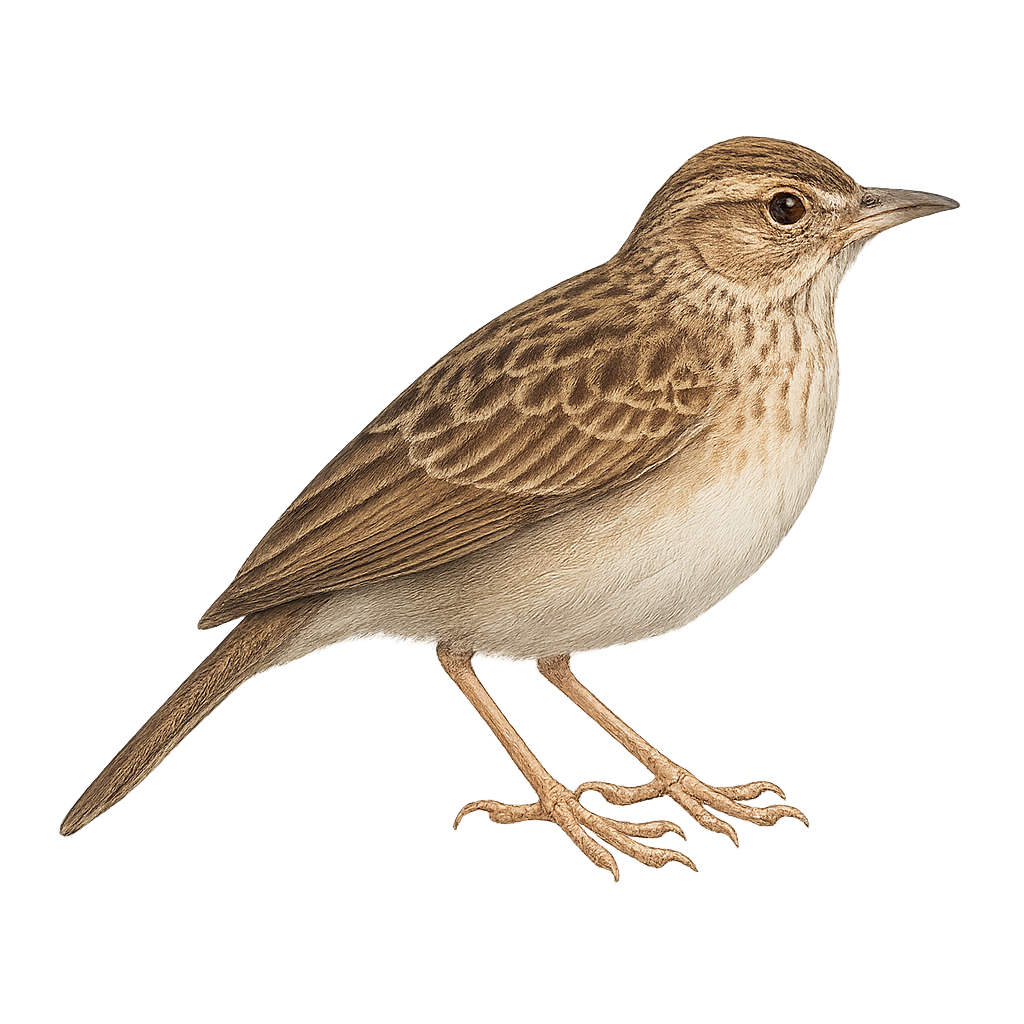Your wildlife photography guide.
Explore the gillett's lark in detail, study its behavior, prepare your shots.
Where to observe and photograph the gillett's lark in the wild
Learn where and when to spot the gillett's lark in the wild, how to identify the species based on distinctive features, and what natural environments it inhabits. The WildlifePhotographer app offers tailored photography tips that reflect the gillett's lark’s behavior, helping you capture better wildlife images. Explore the full species profile for key information including description, habitat, active periods, and approach techniques.
Gillett's Lark
Scientific name: Calendulauda gilletti

IUCN Status: Least Concern
Family: ALAUDIDAE
Group: Birds
Sensitivity to human approach: Suspicious
Minimum approach distance: 10 m
Courtship display: April to June
Incubation: 13-15 jours
Hatchings: April to July
Habitat:
Arid steppes, savannas, dry grasslands
Activity period :
Primarily active during the day, with peak activity in the morning and late afternoon.
Identification and description:
The Gillett's Lark (Calendulauda gilletti) is a discreet and little-known bird belonging to the Alaudidae family. It is mainly found in the arid and semi-arid regions of East Africa, particularly in Ethiopia and Somalia. This medium-sized bird has a sandy-brown plumage, perfect for blending into its desert environment. Its melodious and varied song is often heard at dawn and dusk, when it is most active. The Gillett's Lark primarily feeds on seeds and insects, which it finds by foraging on the ground. It builds its nest directly on the ground, hidden among dry grasses and shrubs.
Recommended lens:
400 mm – adjust based on distance, desired framing (portrait or habitat), and approach conditions.
Photography tips:
To photograph the Gillett's Lark, it is advisable to use a telephoto lens of at least 400mm to capture detailed images without disturbing the bird. The best opportunities arise early in the morning or late in the afternoon, when the light is soft and the bird is most active. Look for open areas with sparse vegetation, where the lark is likely to forage. Be patient and discreet, as this bird is suspicious and may fly away at the slightest alert.
From knowledge to field practice
A species profile helps you understand an animal. In the field, the challenge is often different. Remembering your own observations.
The WildlifePhotographer app allows you to:
• record your personal observations
• note locations, dates, and behaviors
• revisit your field references over time
• build a private and long-term field logbook
The app does not provide observation locations.
It helps you organize what you actually observe, with respect for wildlife.

